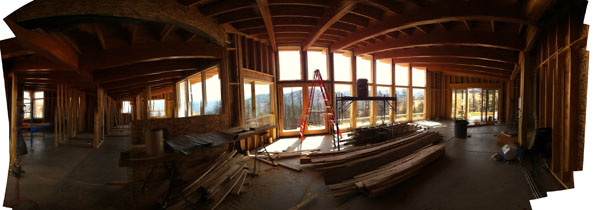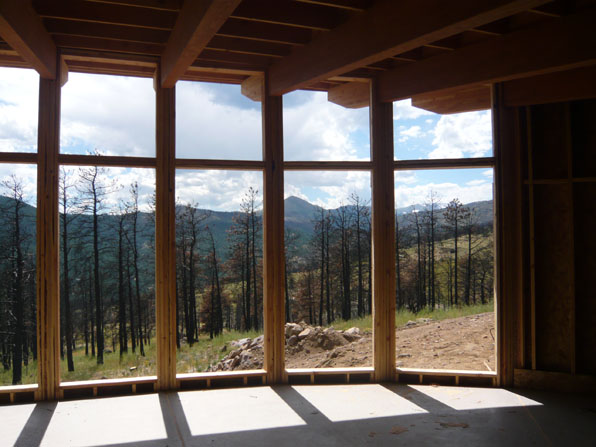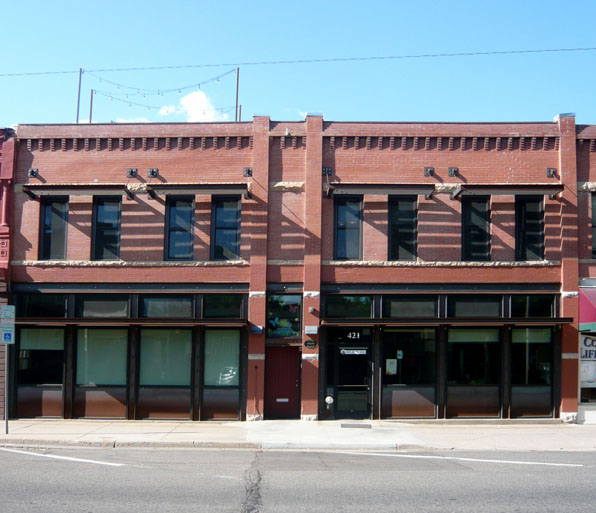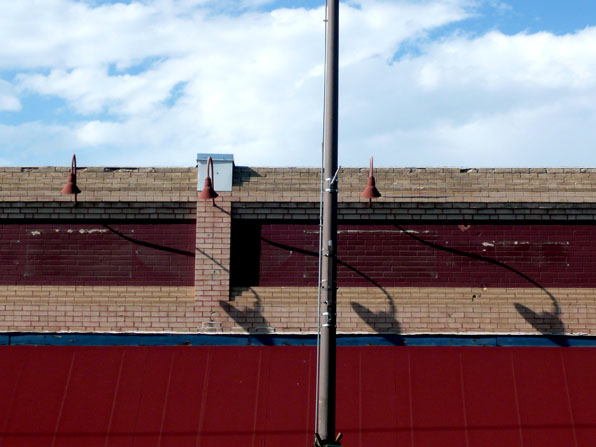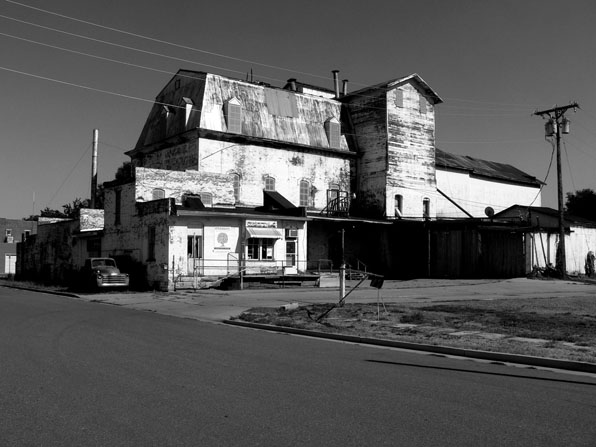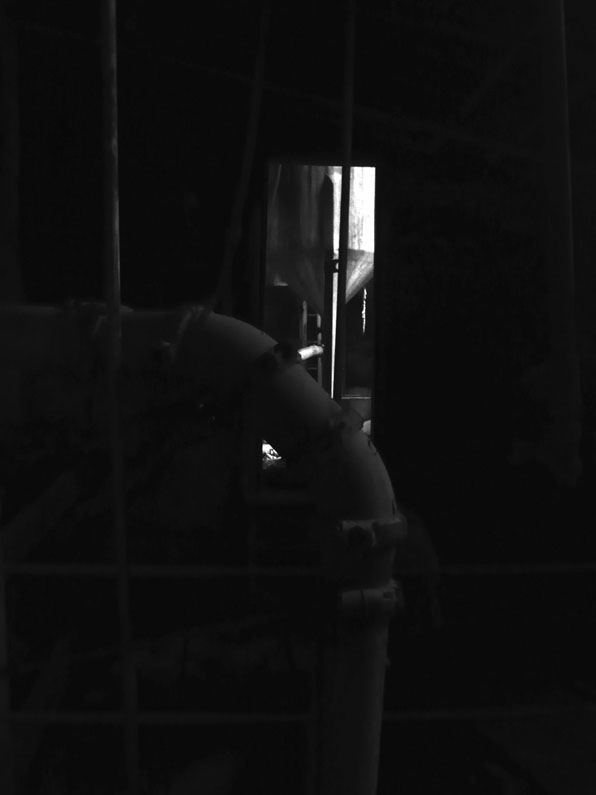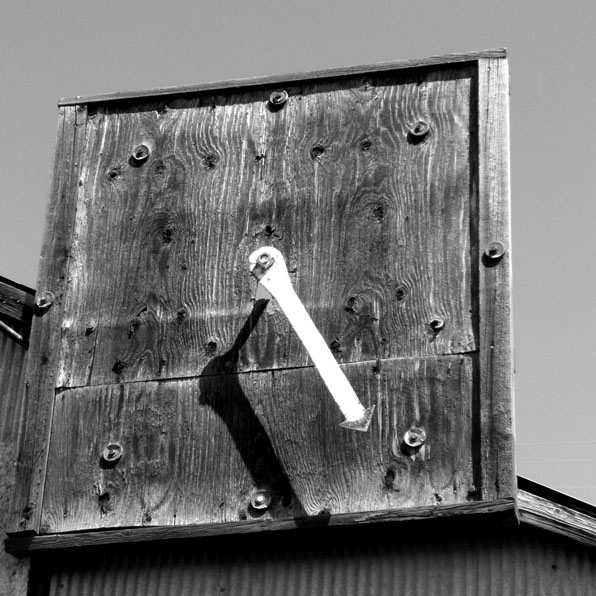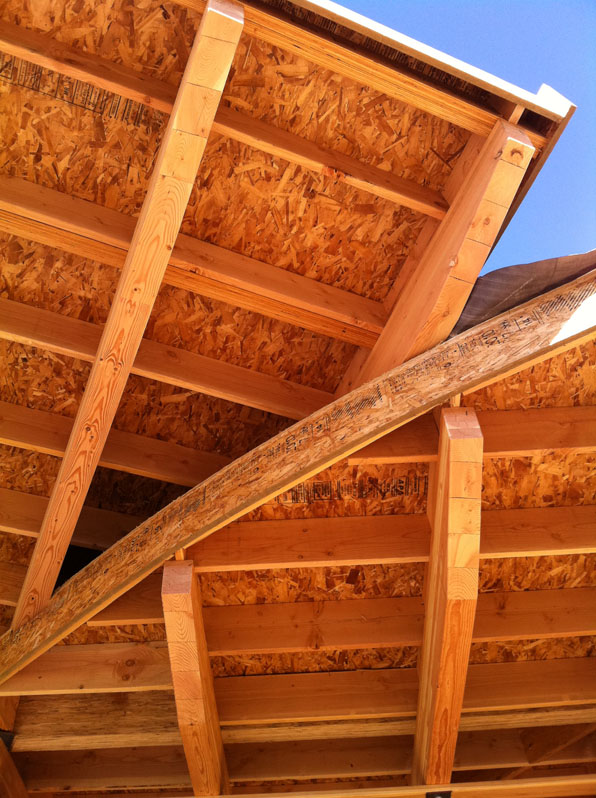A year ago today, the Fourmile Fire was raging in the foothills just west of Boulder. It started on Labor Day and I was in the studio, working, with the door to the balcony open when I started to smell smoke. That first hint of smoke grew and when I finally went out on the balcony and looked west, a huge plume of smoke was rising up and beginning to drift into town. Over the next couple of days, the smoke filled the studio as it did most of Boulder, its acrid presence pervading every nook and cranny.
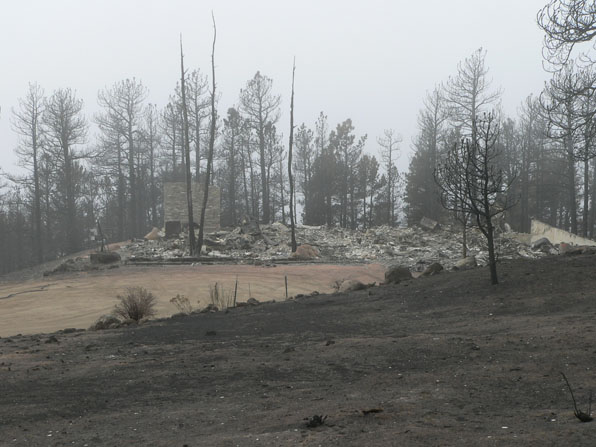
A year later, we are building a new house for a couple who lost their house. They have wrangled with their insurance company over the course of these many months and construction only started in earnest a few months ago. As we are seeing their house go up, the news of many hundreds of homes lost to an ongoing fire down around Austin, Texas is on the news.
Maybe it is the dryness and heat of global warming, or the increased pressure on the urban/wilderness interface, or just a fluke, but these fires seem to be growing in number and intensity. As the east coast was just pounded by Irene, it strikes me that wildfire is our natural disaster to deal with, like every region has to grapple with their own potential for disaster. All those small miner's cabins made of stone with tin sheeting for roofs begin to look pretty good compared to the popular image of Western architecture with its exposed timbers and log siding.
This new house, though held aloft by heavy timber beams, is largely inflammable from the exterior and surrounded by hardscaped terraces and courtyard. All these efforts might not have prevented the intense heat of the fire from taking the house, but anything less seems a bit foolhardy at this point.


